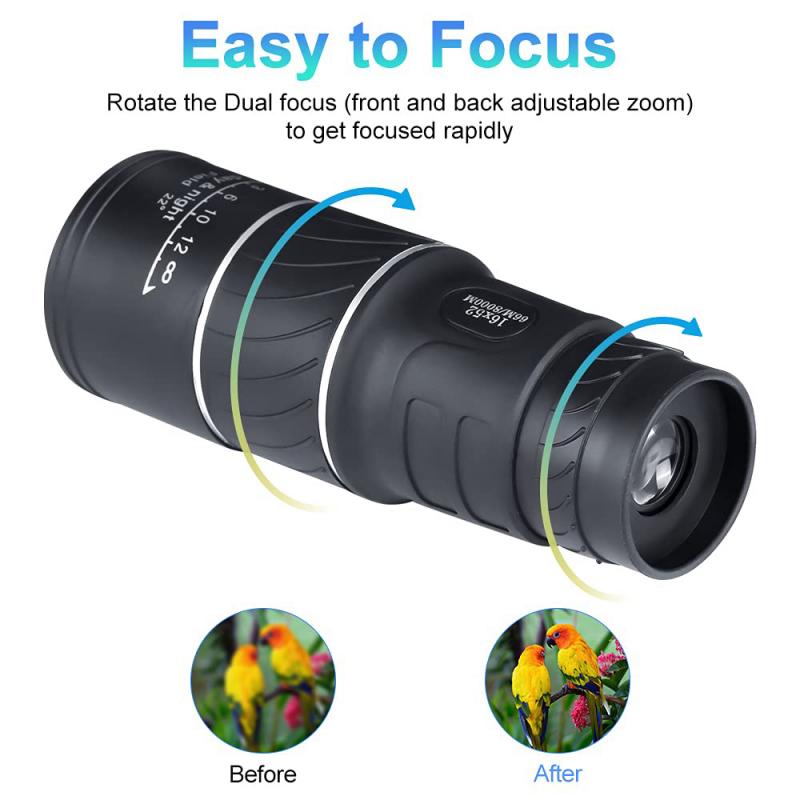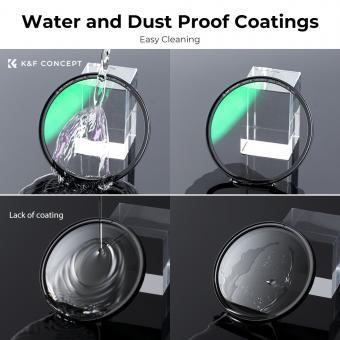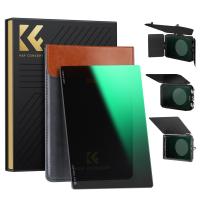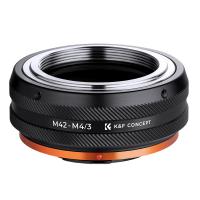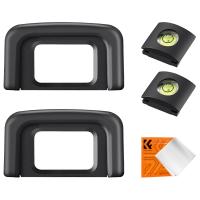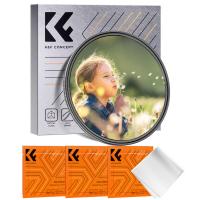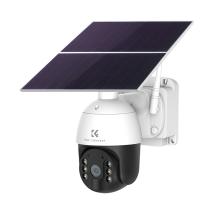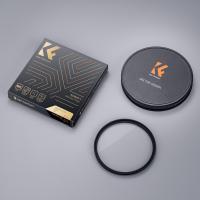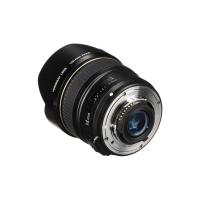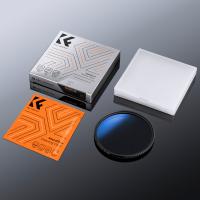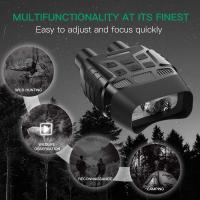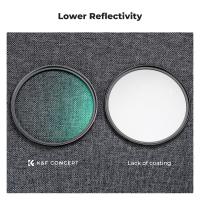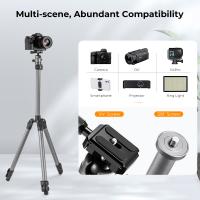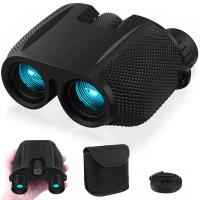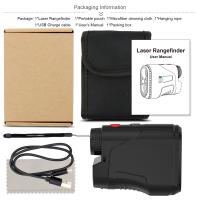How Far Can A Monocular See ?
The distance a monocular can see depends on various factors such as the magnification power, the quality of the lens, and the lighting conditions. Generally, a monocular with a magnification power of 8x to 10x can see objects up to 1000 yards away. However, in low light conditions, the distance may be reduced. It is also important to note that the clarity and sharpness of the image may decrease as the distance increases. Therefore, the maximum distance a monocular can see is not a fixed value and can vary depending on the specific conditions.
1、 Magnification power
How far a monocular can see depends on various factors such as magnification power, objective lens size, and environmental conditions. Generally, a monocular with a magnification power of 8x to 10x can see up to 1000 yards or more, depending on the clarity of the lens and the lighting conditions. However, it is important to note that the maximum distance a monocular can see is limited by the curvature of the earth.
The objective lens size also plays a crucial role in determining the distance a monocular can see. A larger objective lens allows more light to enter the monocular, resulting in a brighter and clearer image. Monoculars with larger objective lenses, such as 50mm or 60mm, can see farther than those with smaller lenses.
Environmental conditions such as fog, rain, and low light can also affect the distance a monocular can see. In low light conditions, a monocular with a larger objective lens and higher magnification power can provide a clearer image. Similarly, monoculars with anti-fog and waterproof coatings can perform better in adverse weather conditions.
It is important to note that the latest advancements in monocular technology have resulted in the development of night vision monoculars that can see up to several hundred yards in complete darkness. These monoculars use infrared technology to detect and amplify ambient light, allowing users to see in the dark.
In conclusion, the distance a monocular can see depends on various factors such as magnification power, objective lens size, and environmental conditions. While a monocular with a magnification power of 8x to 10x can see up to 1000 yards or more, the latest advancements in monocular technology have resulted in the development of night vision monoculars that can see in complete darkness.
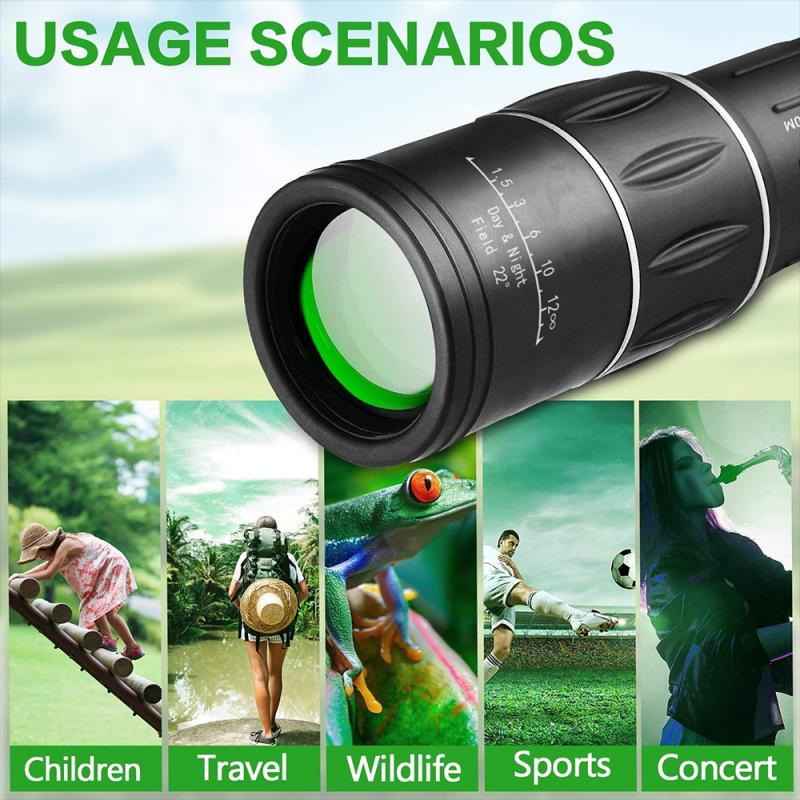
2、 Objective lens diameter
How far a monocular can see depends on several factors, including the objective lens diameter. The objective lens is the lens at the front of the monocular that gathers light and focuses it onto the eyepiece. The larger the objective lens diameter, the more light it can gather, and the farther the monocular can see.
Typically, monoculars with larger objective lens diameters, such as 50mm or 60mm, can see farther than those with smaller objective lens diameters, such as 25mm or 30mm. However, it's important to note that the magnification of the monocular also plays a role in how far it can see. A monocular with a higher magnification may be able to see farther, but it may also have a narrower field of view and be more difficult to stabilize.
It's also worth noting that the distance a monocular can see is not solely determined by the monocular itself. Factors such as atmospheric conditions, the amount of ambient light, and the size and contrast of the object being viewed can all affect how far a monocular can see.
In recent years, advancements in technology have led to the development of monoculars with impressive capabilities. Some monoculars now feature thermal imaging technology, which allows them to see in complete darkness and through fog and smoke. Others have built-in rangefinders, which can accurately measure the distance to an object and provide valuable information for hunters and outdoor enthusiasts.
Overall, while objective lens diameter is an important factor in determining how far a monocular can see, it's just one of many factors to consider when choosing a monocular for your needs.
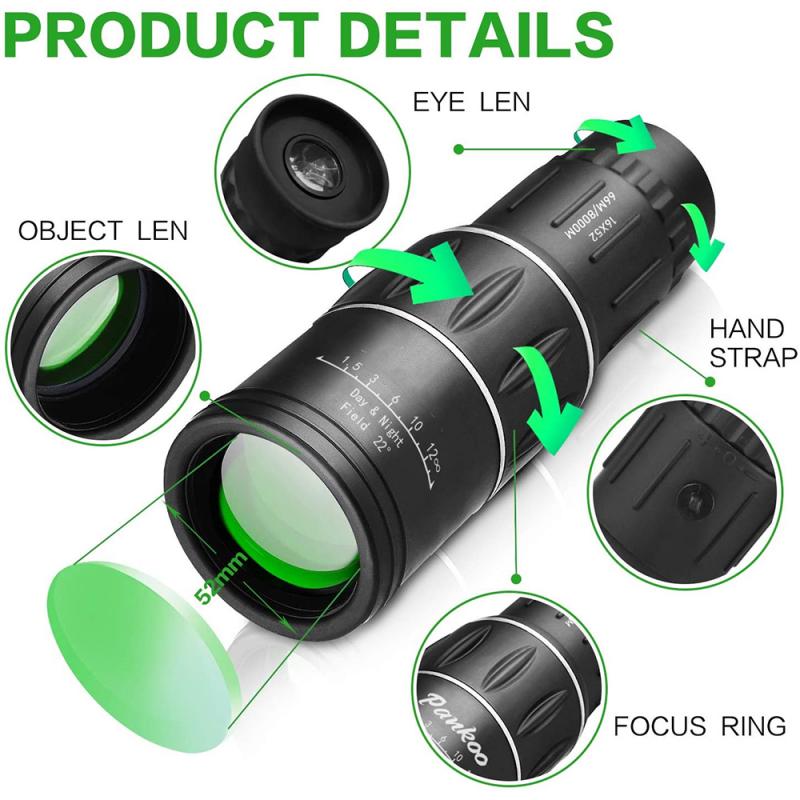
3、 Exit pupil size
How far can a monocular see? The answer to this question depends on several factors, including the magnification power of the monocular, the quality of the optics, and the lighting conditions. Generally, a monocular with a magnification power of 8x or 10x can see objects up to several hundred yards away. However, this distance can vary depending on the clarity of the optics and the lighting conditions.
Another important factor to consider when using a monocular is the exit pupil size. The exit pupil is the diameter of the beam of light that exits the eyepiece of the monocular. The larger the exit pupil, the brighter the image will appear, especially in low-light conditions. A monocular with a larger exit pupil will also be more comfortable to use, as it will be easier to align your eye with the eyepiece.
Recent advancements in monocular technology have led to the development of night vision monoculars, which can see in complete darkness. These monoculars use infrared technology to detect heat signatures and create a visible image. Night vision monoculars can be used for a variety of applications, including hunting, surveillance, and search and rescue operations.
In conclusion, the distance a monocular can see depends on several factors, including the magnification power, quality of optics, and lighting conditions. The exit pupil size is also an important factor to consider, as it affects the brightness and comfort of the image. With the latest advancements in technology, monoculars can now be used for a variety of applications, including night vision.
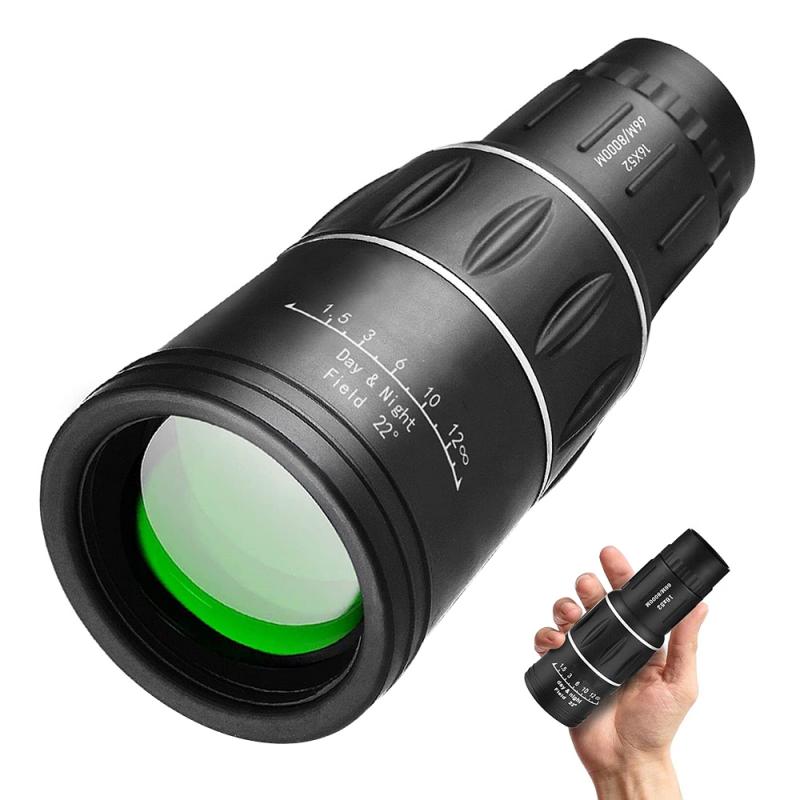
4、 Field of view
How far can a monocular see? The answer to this question depends on several factors, including the quality of the monocular, the lighting conditions, and the user's eyesight. Generally speaking, a monocular can see objects that are several hundred yards away, but the image quality may be poor at such distances.
The field of view is another important factor to consider when using a monocular. The field of view refers to the width of the image that can be seen through the monocular. A wider field of view allows the user to see more of their surroundings, which can be especially useful when observing wildlife or navigating unfamiliar terrain.
The latest point of view on monoculars is that they have become increasingly popular among outdoor enthusiasts, hunters, and birdwatchers. They are lightweight, compact, and easy to use, making them a convenient alternative to binoculars. Many monoculars also come with features such as image stabilization and night vision, which can enhance their performance in low-light conditions.
In conclusion, the distance that a monocular can see depends on several factors, including the quality of the monocular and the lighting conditions. However, a monocular can typically see objects that are several hundred yards away. The field of view is also an important consideration, as a wider field of view can enhance the user's ability to observe their surroundings.
